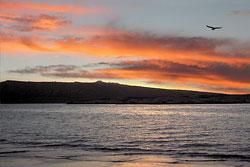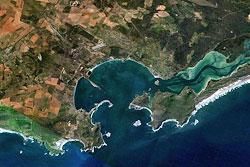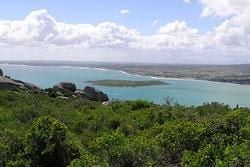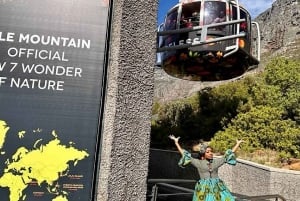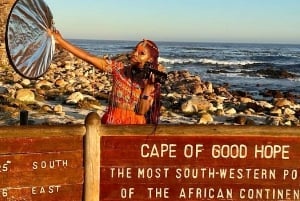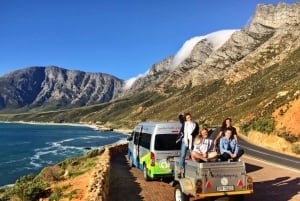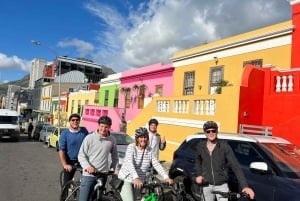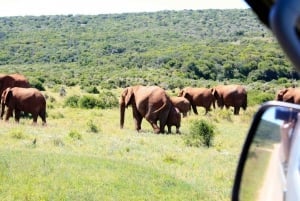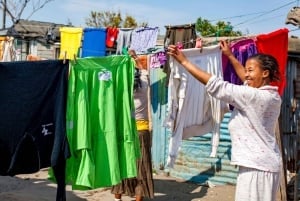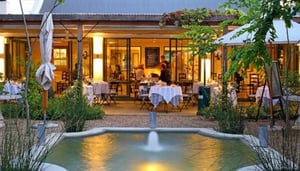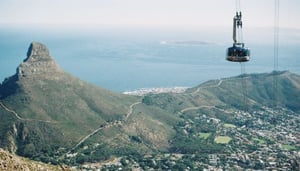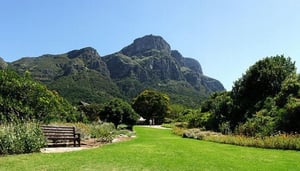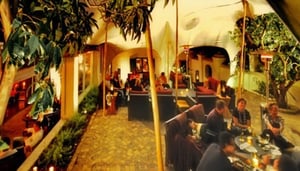Langebaan
The most popular origin of the name Langebaan is that the Dutch seafarers named it after the long strip ("Lange Baan") of calm water formed by the Lagoon. The lagoon is not a freshwater lagoon, but it is a saltwater lagoon - which makes it extremely unique. The West Coast National Park is dedicated to protecting this beautiful natural heritage and is a safe haven for many migratory birds.
The West Coast is a rough and hard coast of a cold and unforgiving sea. The landscape changes with the seasons and it is this quality that draws poets, artists, lovers and authors to holiday in Langebaan. This area is gaining popularity with the city living holiday makers of Cape Town and Johannesburg. It has also recently captured the attention of the archaeological world. The 1997 discovery of fossilized human women’s footprints in Langebaan that date back 117 000 years. Just outside Langebaan is the West Coast Fossil Park where mining operations exposed a massive fossil bed. Over 400 new species of extinct animals, frogs and birds have been identified. Khoi tribes, including the Hottentots, Bushmen, and the Strandlopers who are now known as the Khoisan, inhabited the West Coast area prior to the Europeans arrived in the 1600’s.
At one end of the lagoon is Saldanha. This massive iron works coats the surroundings with a fine red iron ore dust. The story goes that Saldanha received its name by a mistake, when the German mapmaker Juris van Spilbergen mistakenly attributed the bay as Agoada de Saldanha after the explorer Antonia de Saldanha. The irony is that Saldanha never even came to the bay that bears his name, but rather entered Table Bay.
In the 1600s, the French and the Dutch ships fought in the lagoon. A military station was formed her to stop farmers from illegally trading with ships bound for Table Bay. The 1700s saw the Dutch in conflict with the British. In the guano rush of 1844 – the bird islands are filled with guano - over 300 ships anchored in the lagoon. During the American Civil War, the Confederate Warship, The Alabama, took refreshments aboard in the bay. In 1909, a whaling station was established at Donkergat. Whaling operations ended in 1968 and Langebaan became a fishing village, then a small holiday town alive with water sports and fishing. It is today becoming more internationally known as a tourism hotspot.
Langebaan becomes a focus of tourists in the flower season (July – September) when the wild flowers bloom. During winter and early spring one might catch sight of a Southern Right Whale in the lagoon too.
Sunsets on the west-facing coast are legendary and you’ll experience plenty of dramatic moments. We are sure you will return again and again to this tranquil, magnificently beautiful place.


